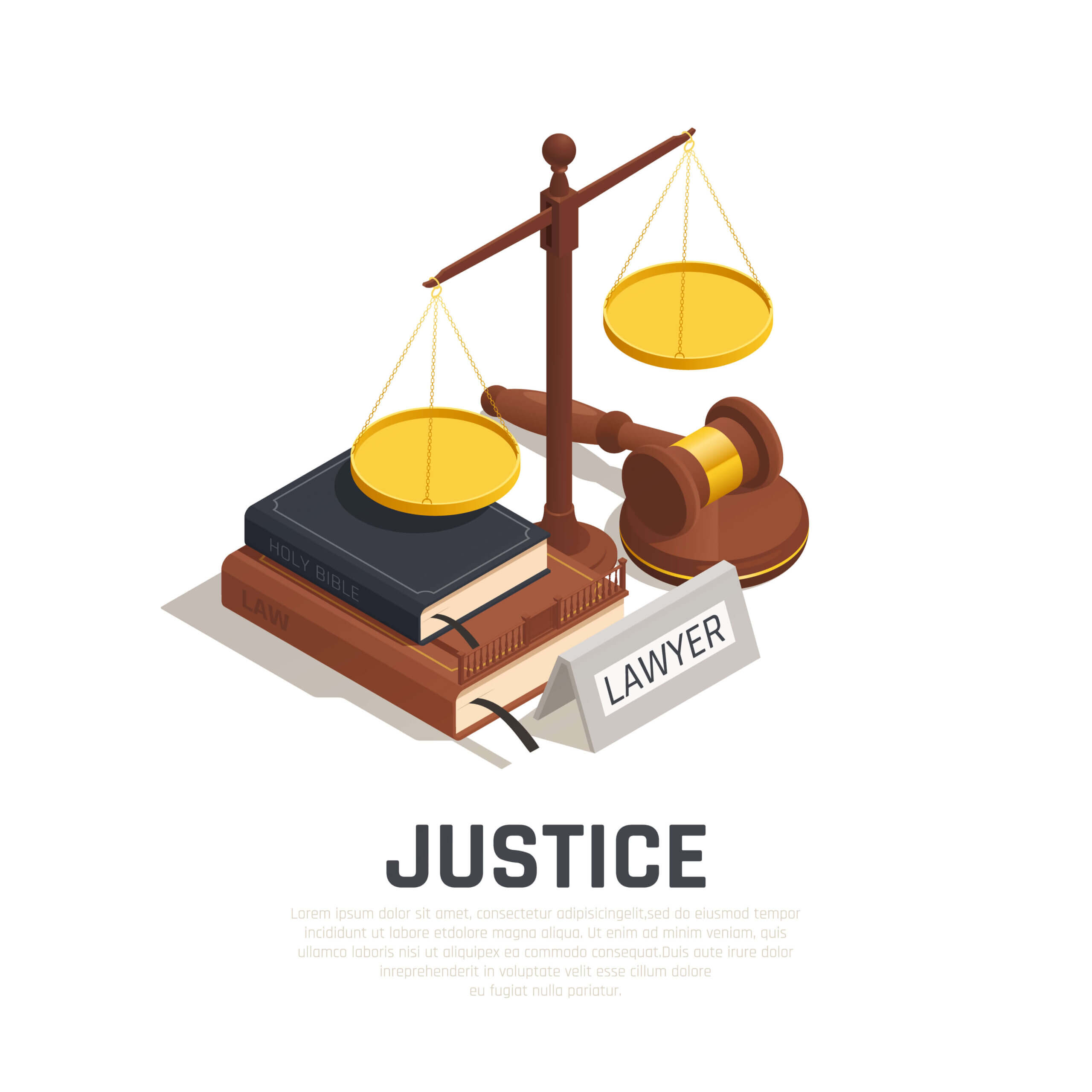Crises can be divided into three categories:
1. Creeping Crises – foreshadowed by a series of events that decision makers don’t view as part of a pattern.
2. Slow-Burn Crises – some advance warning, before the situation has caused any actual damage.
3. Sudden Crises – damage has already occurred and will get worse the longer it takes to respond.
It is not uncommon for what seems to be a sudden crisis to have actually, first, been a creeping crisis that was not detected. Appropriate measures, early in the process, can often prevent or, at least, minimize the damage from slow-burn and sudden crises.
Below are some examples from the healthcare industry. From this, readers in other industries should be able to develop comparable lists.
1. Creeping Crises
- Lack of a rumor-control system, resulting in damaging rumors.
- Inadequate preparation for partial or complete business interruption.
- Inadequate steps to protect life and property in the event of emergencies.
- Inadequate two-way communication with all audiences, internal and external.
2. Slow-Burn Crises
- Internet activism
- Most lawsuits.
- Most discrimination complaints.
- Company reputation
- Lack of regulatory compliance – safety, immigration, environment, hiring, permits, etc.
- Major operational decisions that may distress any important audience, internal or external.
- Local/state/national governmental actions that negatively impact operations.
- Official/governmental investigations involving your healthcare organization and/or any of its employees.
- Labor unrest.
- Sudden management changes – voluntary or involuntary.
- Marketing misrepresentation.
3. Sudden Crises
- Patient death – Your healthcare organization perceived to be liable in some way.
- Patient condition worsened – Your healthcare organization perceived to be liable in some way.
- Serious on-site accident.
- Insane/dangerous behavior by anyone at a location controlled by your healthcare organization.
- Criminal activity at a company site and/or committed by company employees.
- Lawsuits with no advance notice or clue whatsoever.
- Natural disasters.
- Loss of workplace/business interruption (for any reason).
- Fires.
- Perceptions of significant impropriety that damage reputation and/or result in legal liability, e.g., publicized involvement of company employee in a group or activity perceived to be a threat to the U.S. government or society; inappropriate comments by a “loose cannon;” business activities not officially authorized by management.
Typically, reviewing a list like this triggers thoughts of other situations that need to be addressed during the crisis planning process. Know what constitutes a creeping, slow-burn or sudden crisis for your organization and have plans in place to address them!
Looking for more on crisis management, prevention, preparedness and response? Click here to head to our articles section.
[Jonathan Bernstein is president of Bernstein Crisis Management, Inc., an international crisis management consultancy, author of Manager’s Guide to Crisis Management and Keeping the Wolves at Bay – Media Training. Erik Bernstein is vice president for the firm and also editor of its newsletter, Crisis Manager]
We love to connect with readers on LinkedIn! Connect with Bernstein Crisis Management | Connect with Jonathan | Connect with Erik




